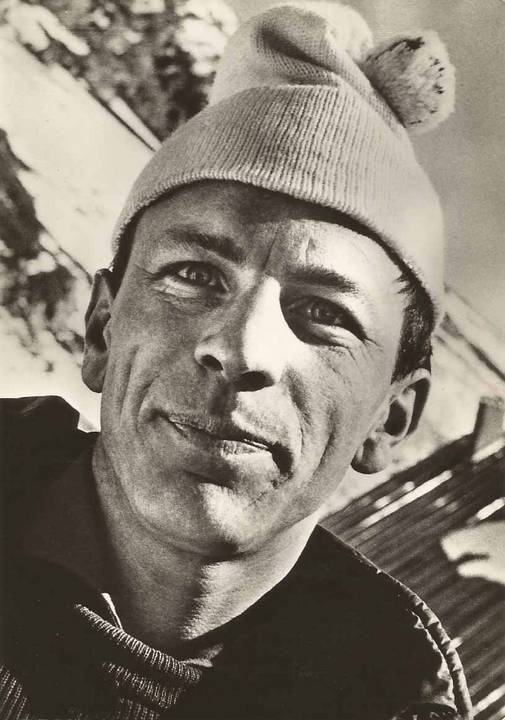
Michel Arpin, 80, was a mythic figure in
Born Dec. 29, 1935, in Ste-Foy Tarentaise, 10 miles downstream from Val d'Isère to a family of hotelkeepers, Michel Arpin joined the French national ski team in 1956. Injuries and bad luck cost him a slalom world championship, and his best-remembered result was fourth place in the 1964 Olympic slalom, 1.4 second behind bronze medalist Jimmie Heuga.
In 1955 he met and began to mentor 12-year-old Jean-Claude Killy. Killy idolized Arpin, and from time to time Arpin helped Killy train. In 1960, Arpin went to work for Dynamic, where Charles Bozon had recently designed the fiberglass VR-7 slalom ski. Together, Arpin and Bozon developed the VR-17, and in 1963 Arpin began building skis for Killy. In 1966 he dropped off the ski team to work full time on skis for Killy and a few more top French skiers. He tested every pair on snow and chose those he knew Killy would like.
The skis Arpin built and tuned helped Killy win the world championship in 1966, the first World Cup season in 1967, three Olympic gold medals in 1968 and the world pro championship in 1973.
"Without him I would have won one gold, possibly two, never three," Killy said. "My career would have been a nice one but not a great one. He left school, like me, at age 15, but he was the best engineer I knew in the business."
"We always chose Jean-Claude's skis ahead of time, depending on what we knew of the course," Arpin told me in 1982. "We didn't need many different skis for slalom, because we always skied slalom on ice. For downhill, we brought several skis because of the weather. I would try the skis beforehand and choose the fastest pair. That's why we rarely made a mistake. We had several pairs for giant slalom, but Jean-Claude was so strong in GS it almost didn't matter."
In 1969, Killy signed a contract with the Head Ski Company, and Arpin left Dynamic to join him there. Head had just begun to work with fiberglass, and Arpin was able to teach the American engineers, notably Mike Brunetto, how best to use it. He worked at the
In 1972, Killy turned pro and in 1973 signed with
Returning to

Add new comment